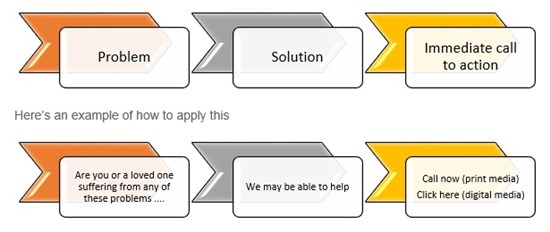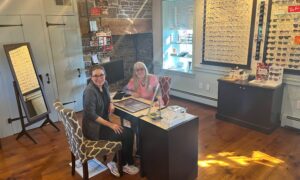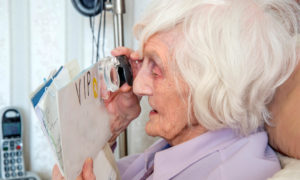
July 6, 2016
Many of your low vision patients may not realize that there are vision aids that can help them, results of The Vision Council’s VisionWatch 2015 Low Vision Report suggest. Some 52.7 percent of caregivers for low vision patients say the visually impaired patient is aware of products that can help them, while 25.3 percent say the patient does not know such products exist, and 22 percent of caregivers for low vision patients say they don’t know whether the patient is aware of these products.
The best definition for low vision, or visual impairment, is “not enough vision to do what you want to do.” Trying to define this can vary from person to person and from year to year.
More precise definitions exist. For example, on the World Health Organization web site, there are four levels of visual function:
• normal vision
• moderate visual impairment
• severe visual impairment
• blindness
To give a little more clarity to the situation, this chart from the American Optometric Association web site helps classify loss of acuity.

It’s important to recognize that visual acuity by itself is not a good predictor of how a person will function in life. Someone with 20/40 visual acuity may have difficulty functioning in day-to-day activities, while someone else with 20/200 acuity may be able to do everything they want.
To help us get a better understanding of this, the American Optometric web site further states there are levels of visual impairment based on visual field loss (loss of peripheral vision). “In the United States, any person with vision that cannot be corrected to better than 20/200 in the best eye, or who has 20 degrees or less of visual field remaining, is considered legally blind.”
The CDC and the World Health Organization define levels of visual impairment as:
Moderate Visual Impairment:
Snellen visual acuity = 20/70 to 20/160
Severe Visual Impairment:
Snellen visual acuity = 20/200 to 20/400 or visual field of 20 degrees or less
Profound Visual Impairment:
Snellen visual acuity = 20/500 to 20/1000 or visual field of 10 degrees or less
However you define low vision, or visual impairment, it always comes back to the question: Does the patient have enough vision to do the things in life they want to do? This is where we can help. We have lenses, prisms, filters and low vision devices that can help patients in day-to-day living, but there are patients who could be helped who do not know that help exists.
Take this week to look at how you market low vision services in your practice. Go through your entire practice from web site to reception area to exam room to optical. Does your messaging clearly identify that you either offer, or can get patients to, the best places for low vision help?
Your marketing in this area should follow this simple outline.

This is an area of the practice that is going to grow over the next 20 years as the Baby Boomers age. You want your practice to be the one that Baby Boomers and their families come to for care, so don’t put this off. Address this area this week
References
ii. http://www.who.int/mediacentre/factsheets/fs282/en/
iii. http://www.aoa.org/patients-and-public/caring-for-your-vision/low-vision?sso=y
iv. http://www.aoa.org/documents/CPG-14.pdf and http://www.eeoc.gov/facts/blindness.html



























